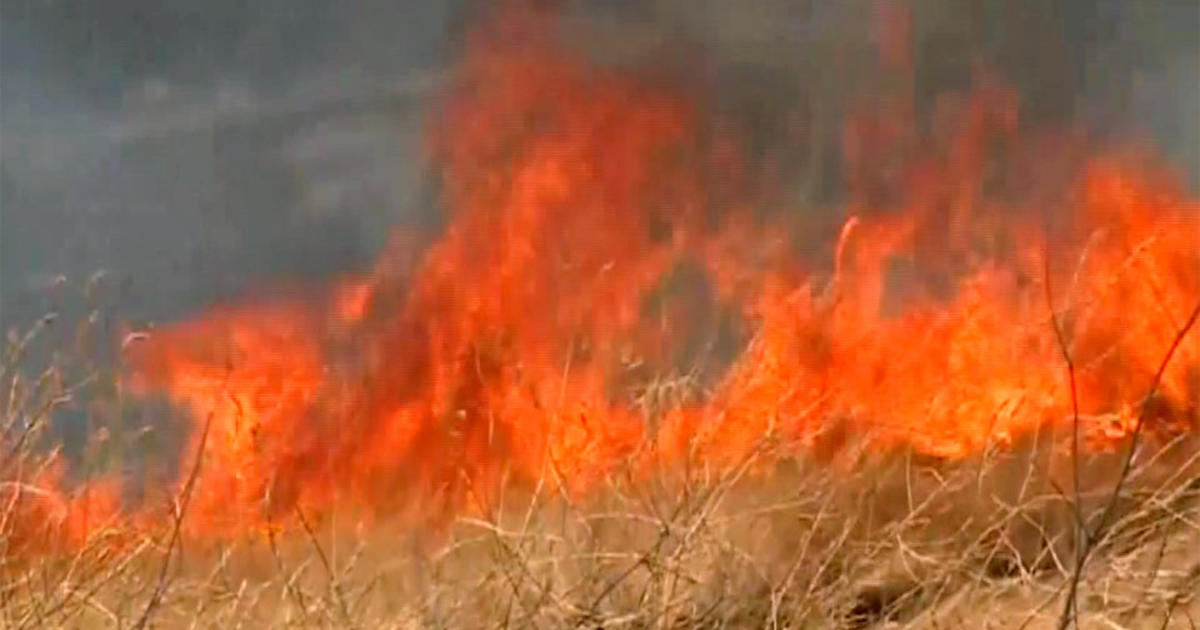DNR Cuts Wolf Quota By Nearly Half
ST. PAUL, Minn. (AP) — Minnesota wildlife officials cut the quota for this year's wolf hunt by nearly half on Monday, citing a decline in the animal's numbers as seen in a comprehensive statewide survey earlier this summer.
The target for hunting and trapping this fall and winter is 220, down from last year's 400. The Department of Natural Resources is also cutting the number of licenses by nearly half, to 3,300.
The DNR said the changes are part of keeping a sustainable long-term population while still allowing hunting and trapping. The wolf hunt has been sharply criticized by advocacy groups that have sued unsuccessfully to block it since the animal came off the endangered species list in the region.
"I think for now we're continuing to be conservative," said Dan Stark, large-carnivore specialist for the DNR. "We're going to evaluate these things from year to year. And when we have more long-term information to consider, we're going to make adjustments."
The Center for Biological Diversity, which represented groups that tried to block last year's hunt, said in a statement that it was disappointed the DNR was going ahead with "another needless wolf sport hunting and trapping season."
Maureen Hackett, who runs the anti-hunt group Howling for Wolves, said the reduced quota proves the DNR "has no basis to know the effects of wolf hunting on this very fragile species that has limited habitat and dies by many ways, which was why the population had been stable without a hunt."
The wolf survey released earlier in July estimated Minnesota has about 2,211 wolves, down about 710 from five years earlier. The DNR attributed the decline not just to last year's hunt, when 413 wolves were killed, but to wolves having fewer deer to prey upon.
The DNR has a goal of keeping at least 1,600 wolves in the state. The current population estimate doesn't include as many as 2, 600 wolf pups born this spring. About half of those would survive through their first year in a typical year, Stark said.
The DNR has not typically given an estimate of the wolf population other than the comprehensive survey done every five years, relying instead on several indicators such as winter track surveys and depredation that provide a rough idea of the population trend. Stark said the DNR plans to give an actual population estimate this year, based in part on using more radio collars to sample pack size and territory.
Hunters and trappers may begin applying Thursday for licenses. The early season begins Nov. 9, the same as the deer firearms season, while trapping starts Nov. 30. Seasons end early if the quota is met.
The DNR sets the quota by zones, with a target of 145 in the northwest; 65 in the northeast; and 10 in east-central Minnesota.
(© Copyright 2013 The Associated Press. All Rights Reserved. This material may not be published, broadcast, rewritten or redistributed.)



